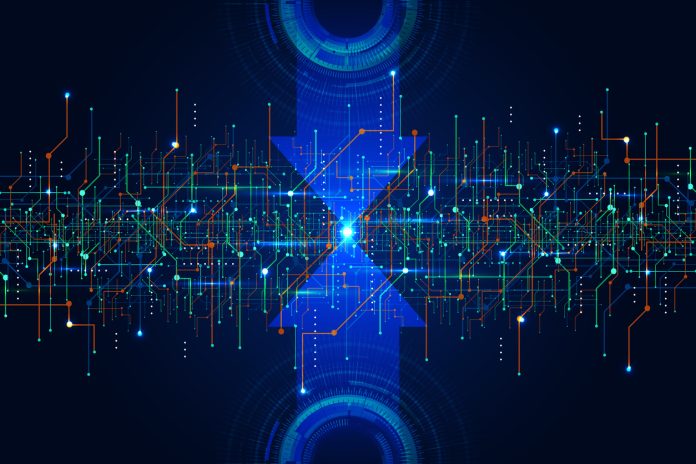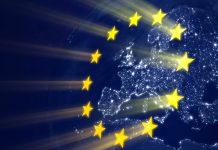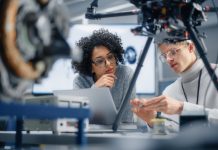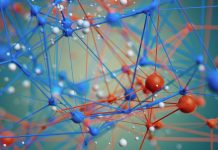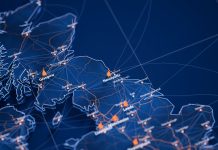With the global demand for clean, sustainable energy continuing to intensify, scientists are starting to use innovative technology to help fast-track the transition: AI-powered digital twins
AI-powered digital twins replicas of real-world systems are quickly becoming a promising tool to promote renewable energy sources like wind, solar, geothermal, hydroelectric, and biomass.
Researchers at the University of Sharjah have recently conducted an in-depth study looking into how AI powered digital twins could reshape the future of clean energy. Their findings reveal both the strong potential and on going challenges of applying this advanced technology to real-world energy systems.
Energy optimisation
Digital twins simulate physical systems in real time, allowing engineers to monitor performance, detect issues, and optimise operations without interrupting energy production. In industries like manufacturing and transportation, they’ve already improved efficiency and reduced costs.
In renewable energy, digital twins can be used to model complicated systems like wind farms, solar arrays, geothermal wells, hydroelectric dams, and biomass supply chains. These simulations can help operators fine-tune performance, predict maintenance needs, and design more intelligent infrastructure.
Technology integrated into real-world complexity
Despite their promise so far, AI powered digital twins face significant technical obstacles that limit their effectiveness in renewable energy.
For wind energy, the technology struggles to simulate ageing components, such as eroding turbine blades and degrading gearboxes. Environmental variables like wind speed and direction, which change rapidly, are also difficult to model with high accuracy.
In the solar sector, predicting long-term performance remains a challenge. AI powered Digital twins struggle to account for environmental factors like dust accumulation and gradual panel degradation, which can skew predictions and reduce reliability over time.
Geothermal energy has a different set of struggles. Reliable data on underground conditions is often limited, making it challenging for digital twins to model fluid dynamics, heat transfer, and geological variability. This lack of insight hinders their ability to simulate the long-term behaviour of geothermal systems accurately.
Hydroelectric systems create another challenge. Variations in water flow, changing weather patterns, and environmental concerns such as fish migration and water quality all complicate modelling. Current digital twin platforms often struggle to capture these dynamic and ecological factors.
In terms of biomass energy, the biological and chemical processes involved in converting organic material into fuel are complicated to simulate. From supply chain logistics to complex biochemical reactions, digital twins struggle to offer the precision needed to optimise these systems fully.
Closing the gaps
The researchers conducted a complete review of scientific literature using AI-driven text mining techniques. This allowed them to analyse large amounts of data and identify gaps in existing digital twin applications across renewable energy systems.
Their findings suggest that there is still a need for better data collection methods, more sophisticated modelling techniques, and expanded computational resources. These improvements could improve the accuracy, adaptability, and usefulness of digital twins in energy production and management.
To guide future innovation, the team has proposed a roadmap for overcoming current limitations. Their recommendations hope to strengthen the reliability of digital twins and make them a cornerstone technology in the global effort to reduce carbon emissions.
Digital twins could play a massive role in the clean energy transition, but only if researchers and developers can address the complex challenges that still stand in the way.

